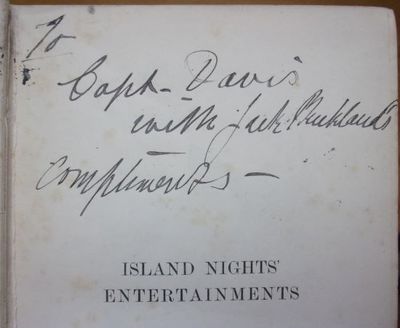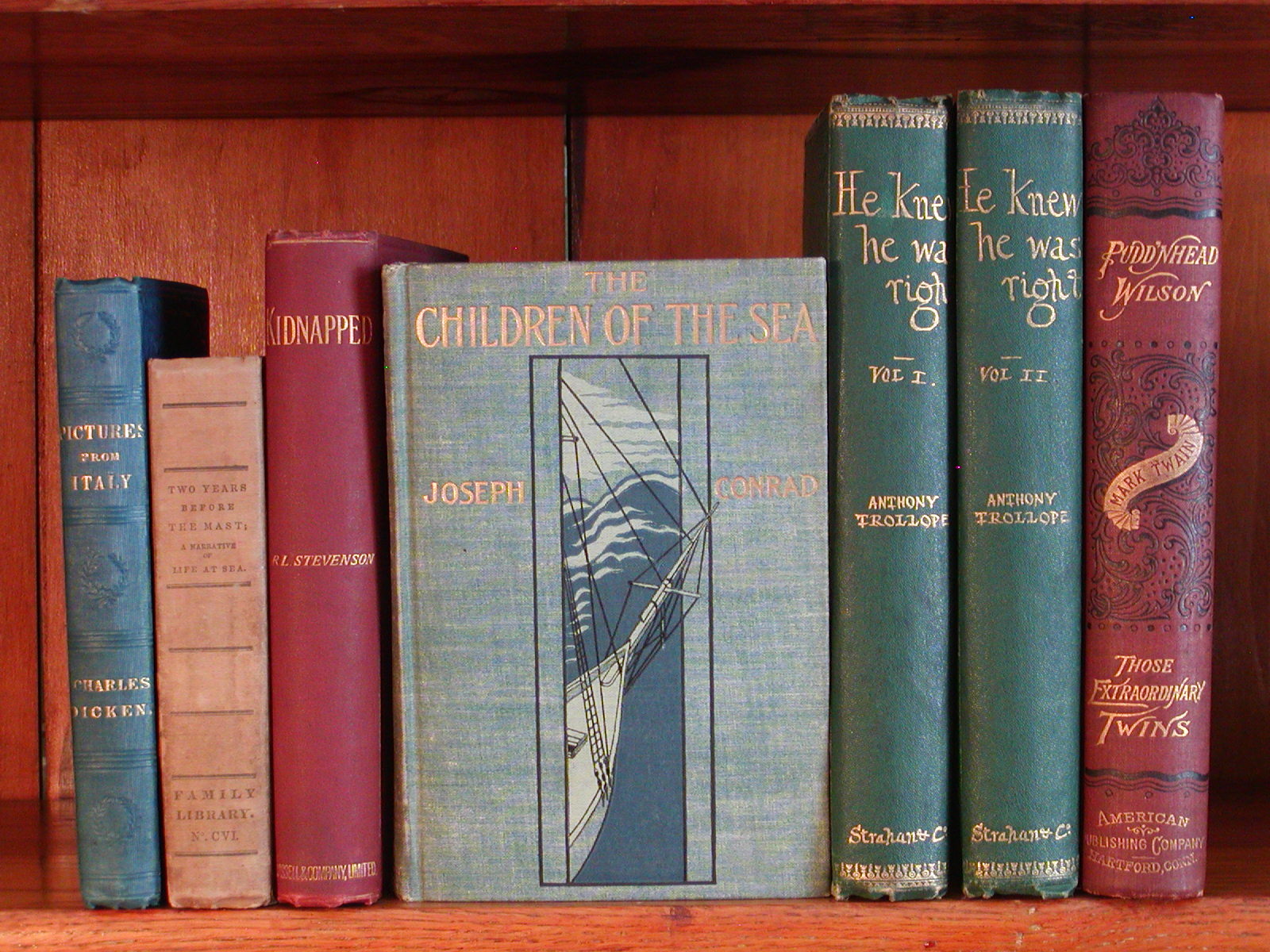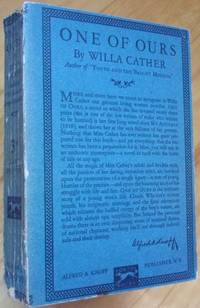signed first edition
1893
by Stevenson, Robert Louis
1893. [inscribed by a dedicatee] Consisting of The Beach of Falesa / The Bottle Imp / The Isle of Voices. With Illustrations by Gordon Browne and W. Hatherell. London Paris & Melbourne: Cassell & Company, 1893. 16 pp ads dated September 1892 ("7G-9.92"). Original blue-grey cloth pictorially decorated in gilt.
First English Edition, published five days after the American, of these three tales from the South Pacific islands. This copy has several idiosyncracies, all related to the fact that this was in effect a colonial copy, initially sent to Australia. (1) The front paste-down bears the small book-label of Dymock's Book Arcade at 428 (truncated)
First English Edition, published five days after the American, of these three tales from the South Pacific islands. This copy has several idiosyncracies, all related to the fact that this was in effect a colonial copy, initially sent to Australia. (1) The front paste-down bears the small book-label of Dymock's Book Arcade at 428 (truncated)





